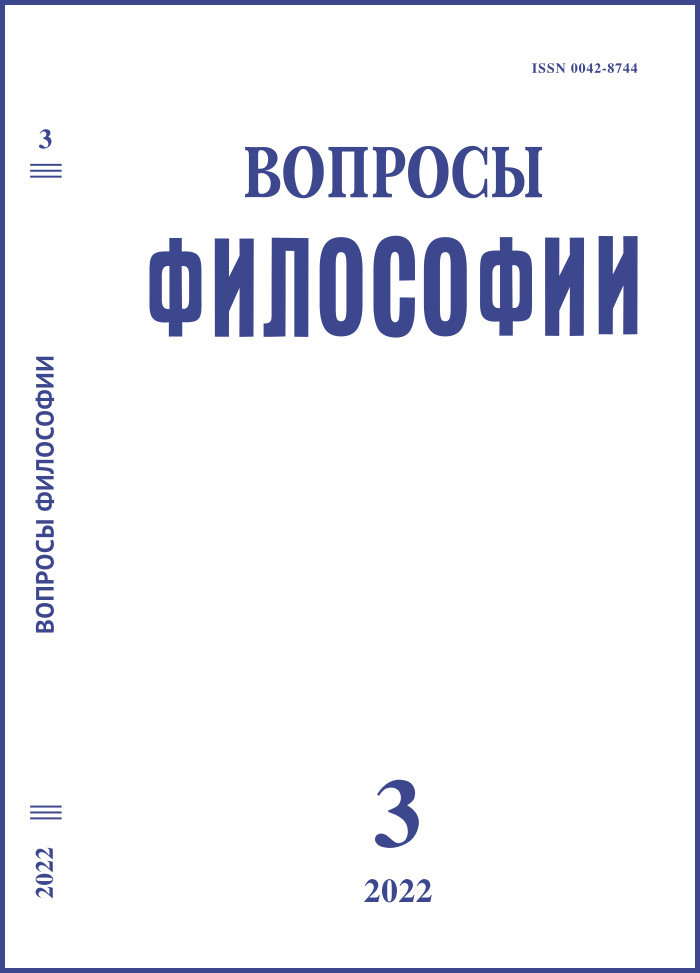Transforming of Consciousness in the Digital Space: from Narrative to Storytelling
DOI:
https://doi.org/10.21146/0042-8744-2022-3-133-142Keywords:
consciousness, narrative, storytelling, media reality, digitalization.Abstract
The article suggests that narrative strategies are transforming in the modern digital space, and the ways of narration are changing. The narrative turns into storytelling: a holistic presentation (story) connected by semantic unity is replaced by a clip (in which one can only guess about the connections and relationships between its individual elements, they are not articulated at the verbal level), the textually formed verbal reasoning is replaced by a fragmentary scattering of visual images (often chosen quite arbitrarily). And, accordingly, the self-consciousness of a person who comes to the media world, who lives in it, changes. Before our eyes, the classical narrative is “dying”, and the reflexive self-consciousness of the author-writer working with large textual forms is fading away. They are being replaced by an author-director who no longer tells us his self-consciousness but non-verbally (facial expressions, gestures, etc.). At the same time, the self-consciousness of the perceiving narrative changes as well – from an active-understanding one: reading and listening, it becomes a passively perceiving one: a spectator. The consequences of a permanent stay in the digital space for a person’s self-consciousness can be traced through autobiographical narratives in media reality (personal pages on social networks, diaries, blogs, TikTok, etc. become a typical example). Turning to these phenomena in the context of digitalization, the author clarifies the role of digital self-identification and its influence on the formation of self-consciousness and personality in the modern era.
Downloads
Published
Versions
- 2025-02-06 (2)
- 2022-03-31 (1)

